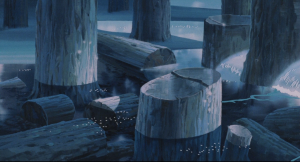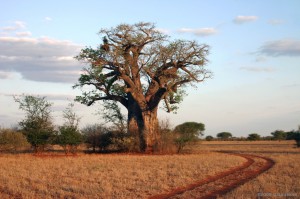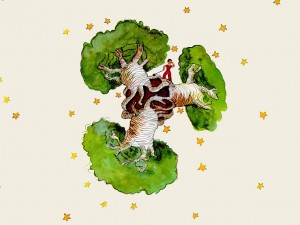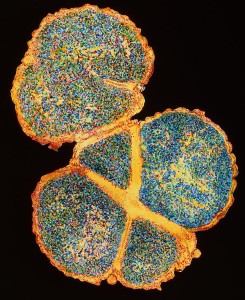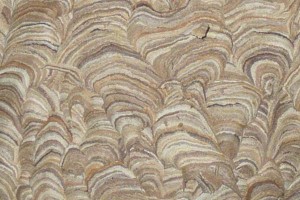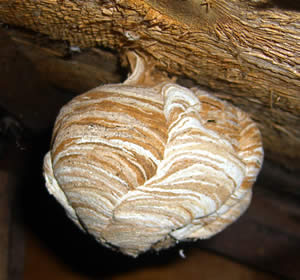
Sandwich
Every species is in a state of constant evolution. Humans are an interesting species as we evolve not just physically but also technologically. We live in symbiosis with countless other species and cells yet we have never tried to communicate through them. A New language could be established through architecture. The bottom bread spends his whole life holding up the sandwich but imagine if it knew there was a similar organism on the top holding the rest down. Architecture, as a membrane between organisms. The bacon membrane takes in the activity of the bread and passes on signals that tomatoes can understand. Two separate organisms each with specific tastes for your tongue working together to create the perfect lunch experience.
With multiple layers of bacon this could be spread out to multiple organisms. Would organisms slowly develop more complex languages? Understand what was happening on the other layer and adapt in new ways to benefit both organisms. Use architecture to benefit other organisms in ways never attempted before. Maybe the key to promoting technology is helping another species to grow and evolve.

multiple layers


